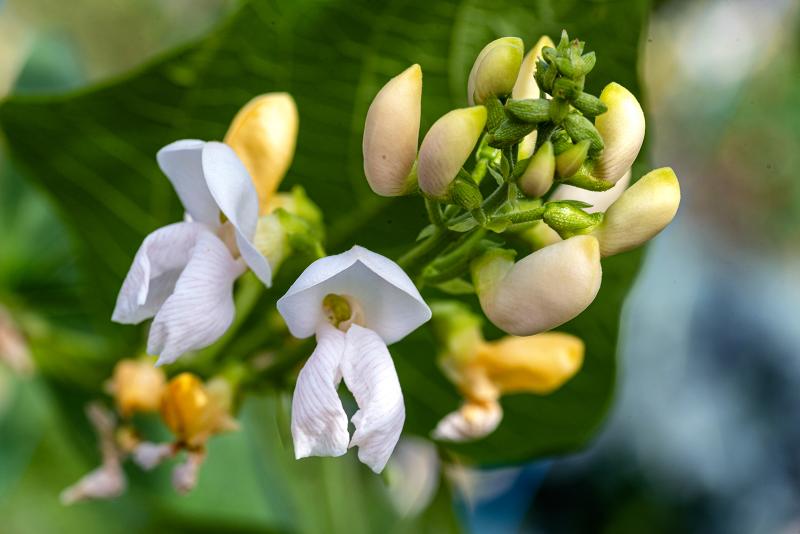It is summer and it is hot. In the dog days of summer, the Eiffel Tower actually grows 6 inches taller, because the iron expands in the heat.
Summer is also the peak time for insect bites and leprosy. Yes, every year about 150 Americans contract leprosy from eating infected armadillos.
Late summer is also a time to plant quick-growing crops like green beans that will produce before the killing frosts. Green beans bloom with pink, white or purple flowers, so they can be tucked into borders for edible landscaping.
Green beans are a good source of protein, dietary fiber, vitamins C and K, the B vitamins folate, riboflavin and thiamin, as well as the minerals copper and magnesium.
Instead of planting all your beans at the same time, you might want to stagger planting seeds every two weeks so you have a continuous harvest. If you will be canning green beans, you may prefer that they all ripen at once.
Bush beans are much easier to grow and maintain than pole beans. Pole beans have the advantage of much higher yields than bush beans. Both bush beans and pole beans will begin producing at just 50 to 65 days from planting.
Plant your green beans in well-draining average garden soil that is acidic to neutral pH (6.0–7.0). Beans usually do not need any extra fertilizing because they are able to take nitrogen from the air and use it as fertilizer. If your garden has exceptionally poor soil, you can add compost or aged manure in the fall or a few weeks before planting. Do not start green bean seeds indoors; they don’t transplant well due to their delicate roots. Besides, beans are such fast-growing that there is no advantage to starting them indoors.
If you are growing pole beans, set up the trellises before planting seeds so you do not disturb the fragile roots. Sow your pole beans 1 inch deep, placing them several inches apart in a circle around the poles. Plant bush beans 1 inch deep and 2 inches apart in rows 18 to 24 inches apart. If your soil is especially sandy, you can plant your bean seeds slightly deeper. Bean seedlings may break and die trying to push up through soil that is too deep or heavy.
Water your green beans regularly; otherwise they will stop flowering and production will stop. Never water at night; do it early in the day so foliage has time to dry out. Don’t work in the bean patch when the plants are wet, because even touching the leaves can spread fungal diseases.
For best flavor, pick your green beans early in the morning when they have the highest sugar levels. To keep your plants producing, pick green beans every day. Cook green beans immediately because they will get tough in storage.
Plant green beans now for a harvest right up until the snow falls, perfect for a hearty bean casserole – just go easy on the armadillo meat.




















































